HO CHI MINH CITY FINE ART MUSEUM
--- My Collection
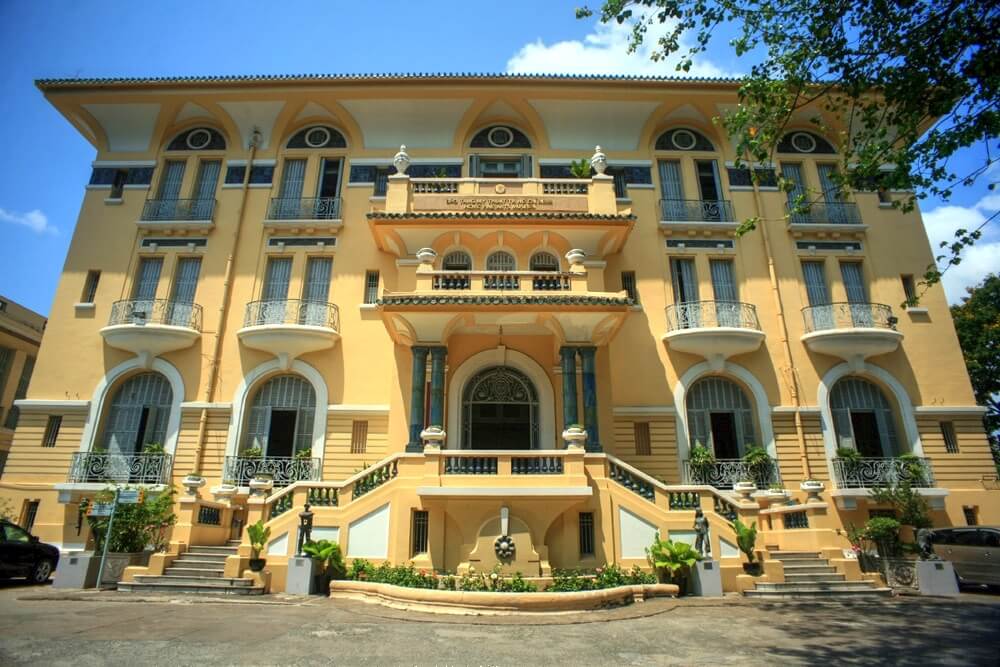
The Fine Arts Museum offers a nice collection of Vietnamese arts with various media, from oil painting, water painting, lacquer, sketching to ceramics. Valuable as it is, however, the collection is not the only reason for you to pay a visit. The building itself and its ghost story inspire a scary vide to its visitors, especially solo traveler.
The buildings were the private residence of Hui Bon Hoa, a Chinese businessman in Saigon. From a humble beginning as a tinker, he developed the Hui Bon Hoa and Sons Company which dominated the economy of Saigon during the late 19th and early 20th century. At the peak of his business, Hui had 30,000 apartments in Saigon as well as other famous hotels, hospitals and temples, many of which can still be seen today.
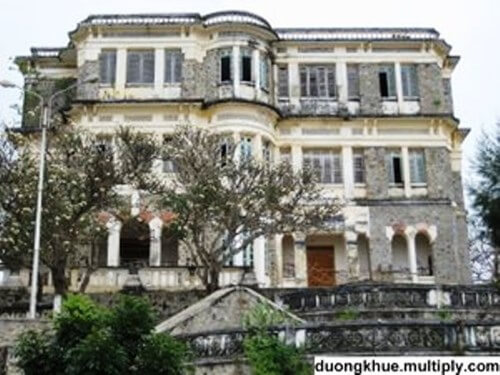
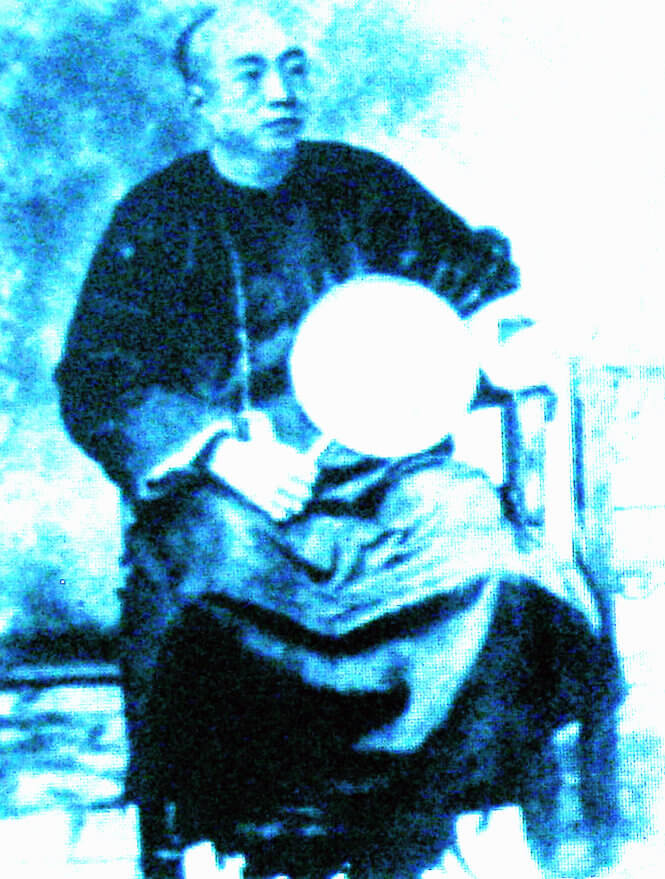
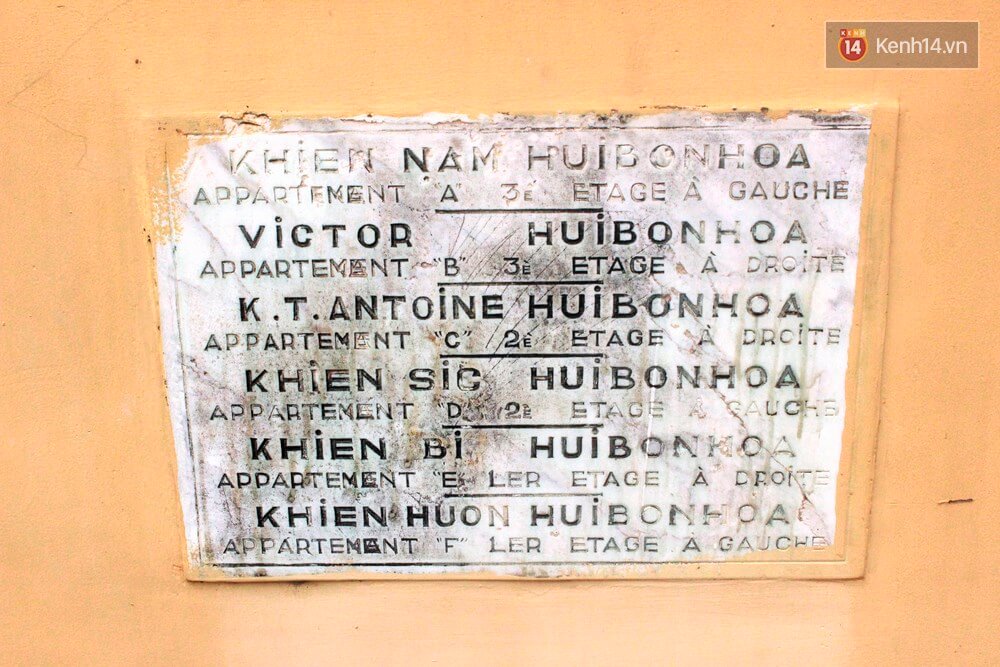
The complex consists of three separate mansions for his three sons. The houses were supposed to have 100 doors. However, the Governor of Saigon did not come to terms with the fact that Hui’s door was bigger than the gate of the Governor Palace. Hence, his residence has been known as the “Mansion of 99 doors”.
Local citizens claimed the place to be haunted. They believed that he also had a daughter besides his three sons and she was his favorite child. Rumor has it that she got leprosy and in order to cover that fact, Hui kept her in a closed room and had the maid bring her food. After she died, her body was placed in a stone coffin so Hui could drop by to visit. In her first death anniversary, the maid was terrified to see her soul wandering around the room and the body was then buried in a distant village outside of Saigon.
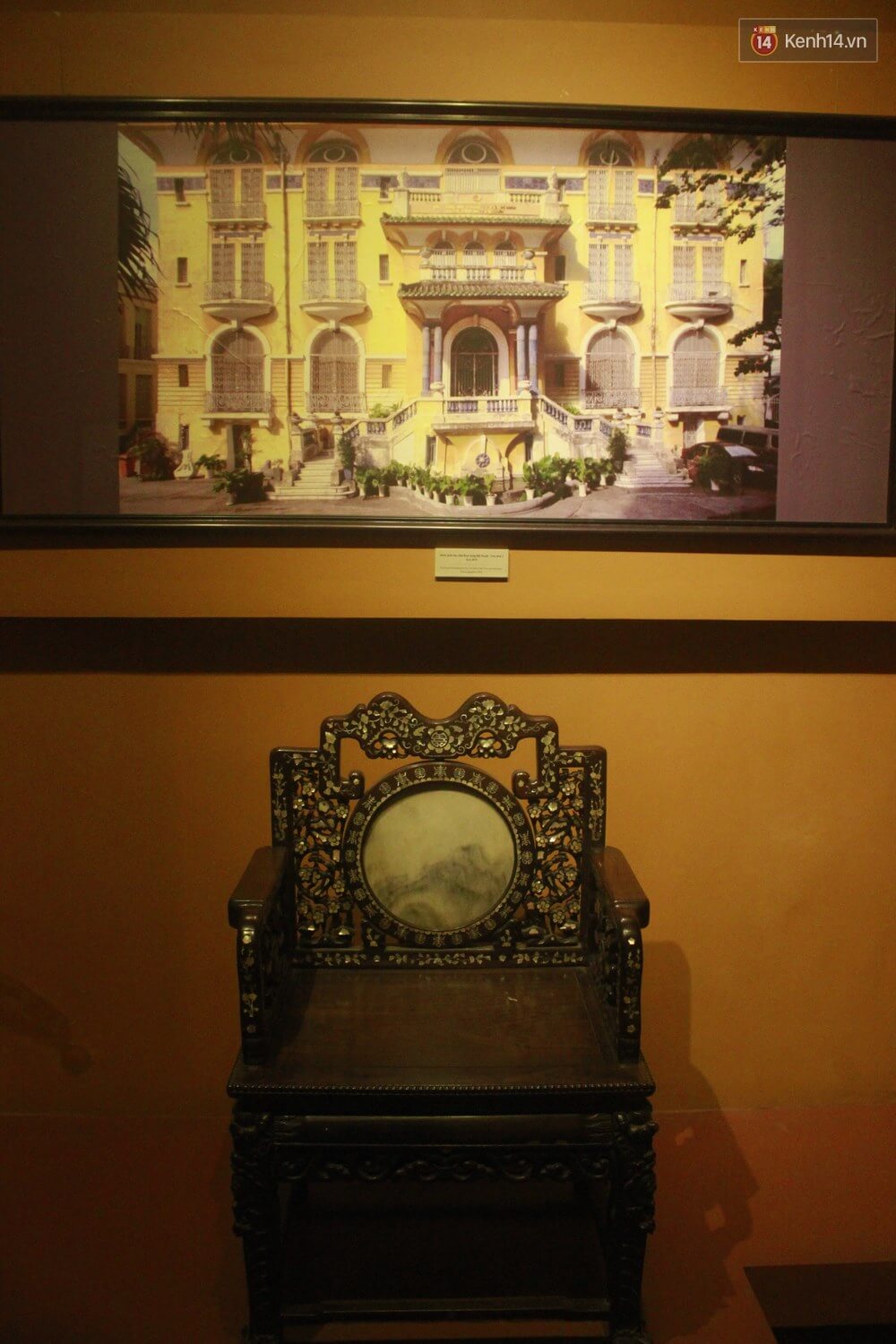
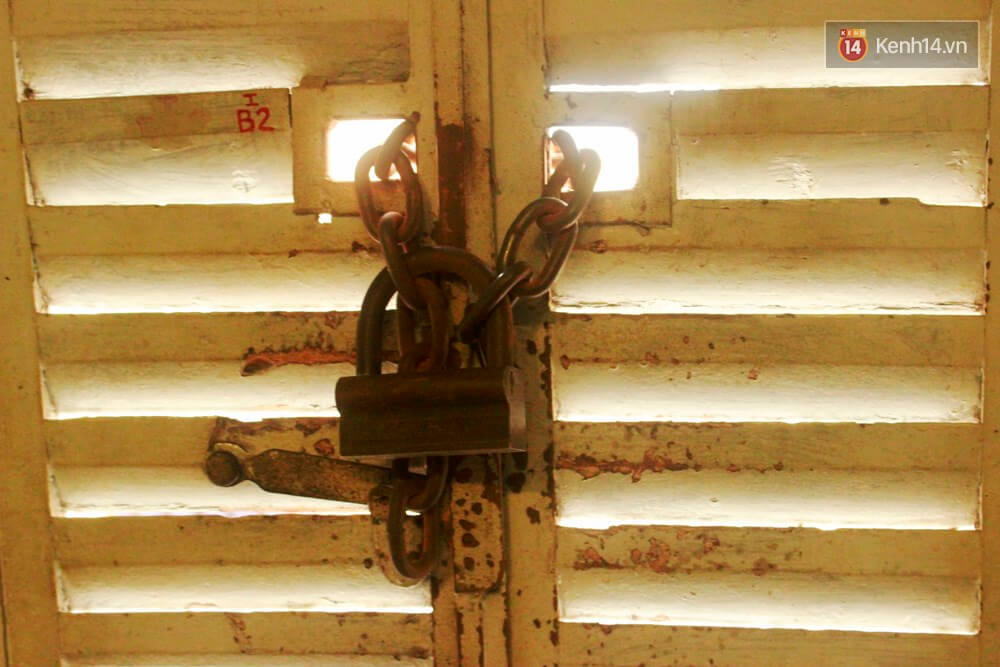
In fact, Hui had no daughter but the story was so popular that everyone believed it. In 1972, a movie named “The ghost of the Hui family” took Saigon by storm and ever since, the Hui ghost has become a popular character in South Vietnamese artworks.
Believe it or not, a thought of the ghost story will make your skin crawl when you wander around the mansion’s dark hallways.
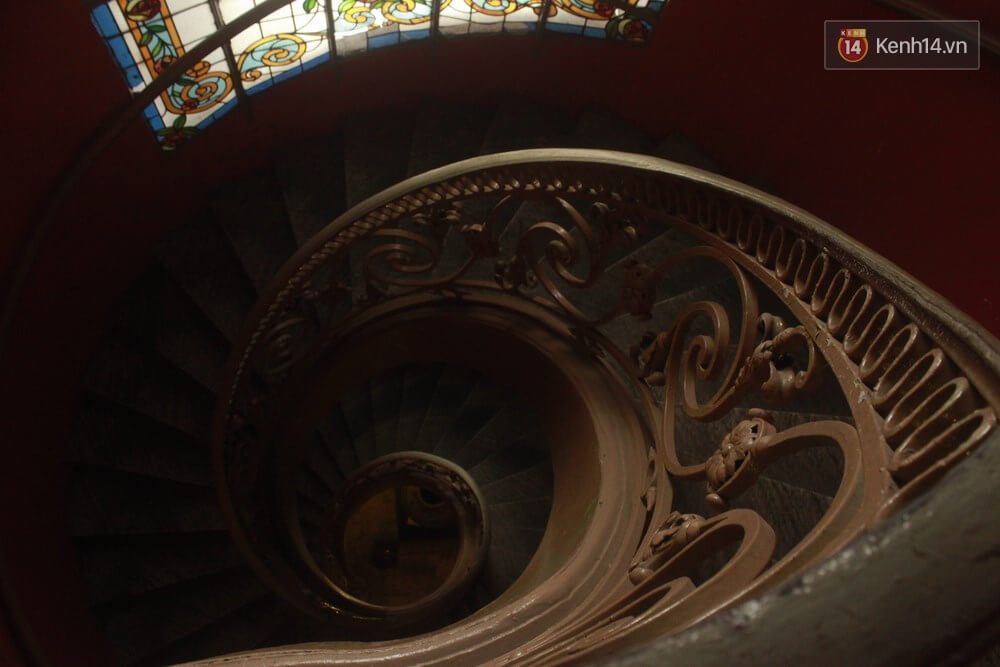
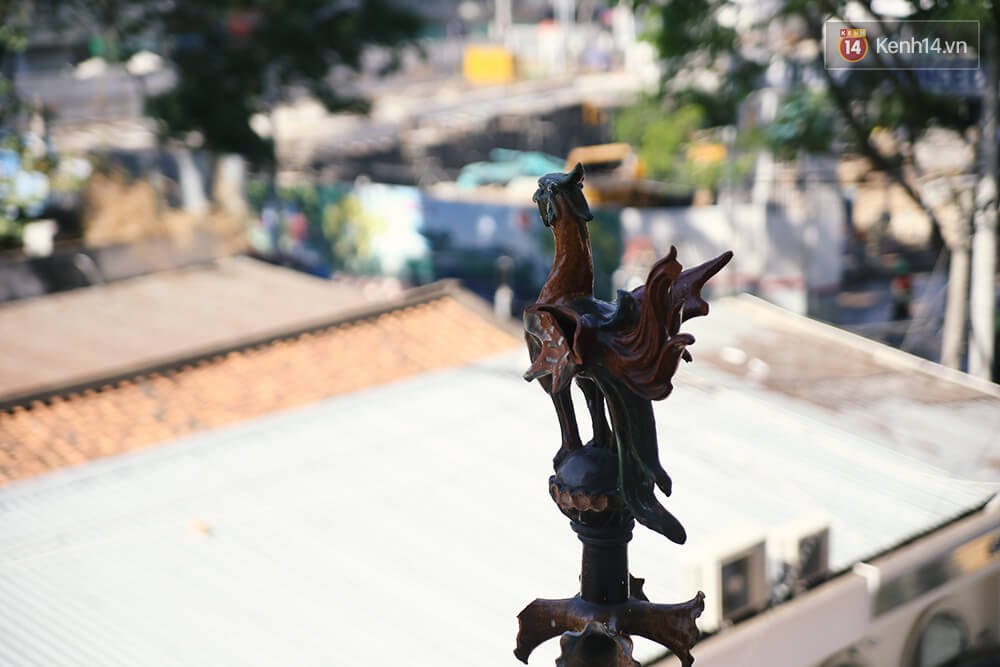
Author: Huey - Truong Tran Trung Hieu
Newer articles